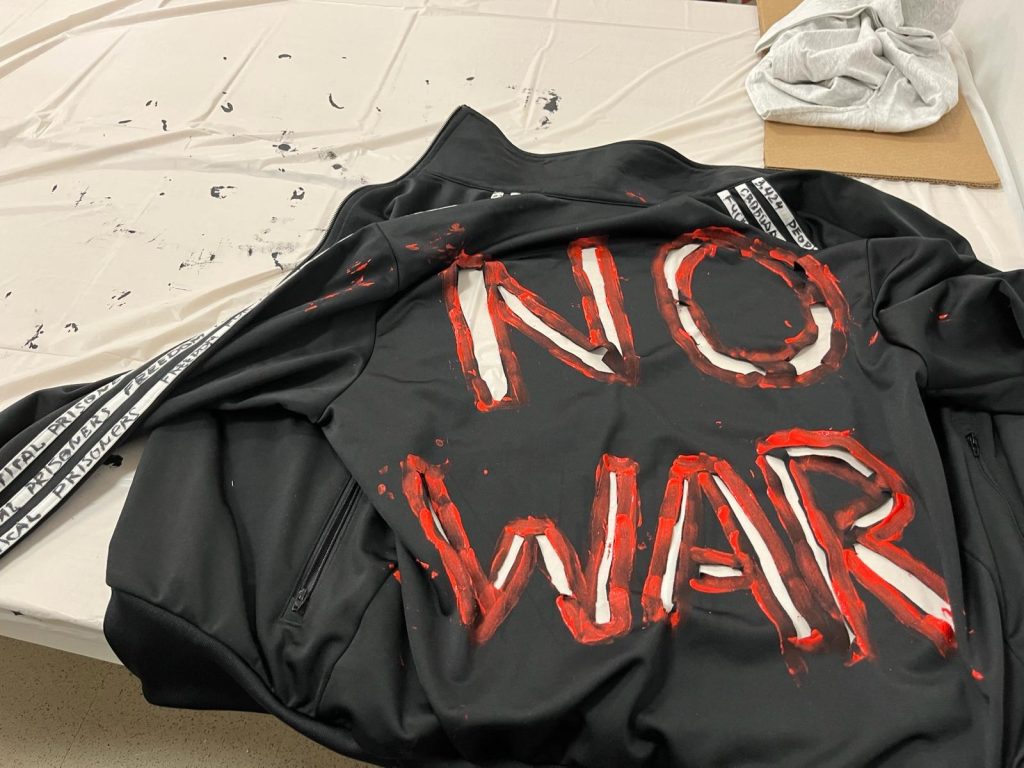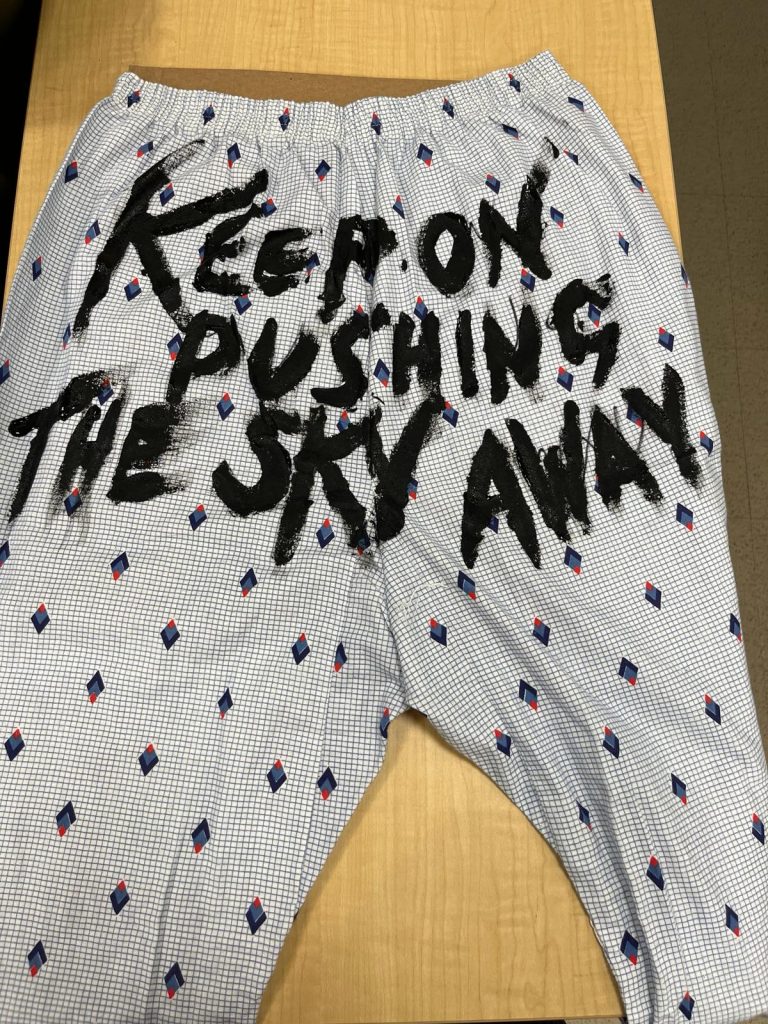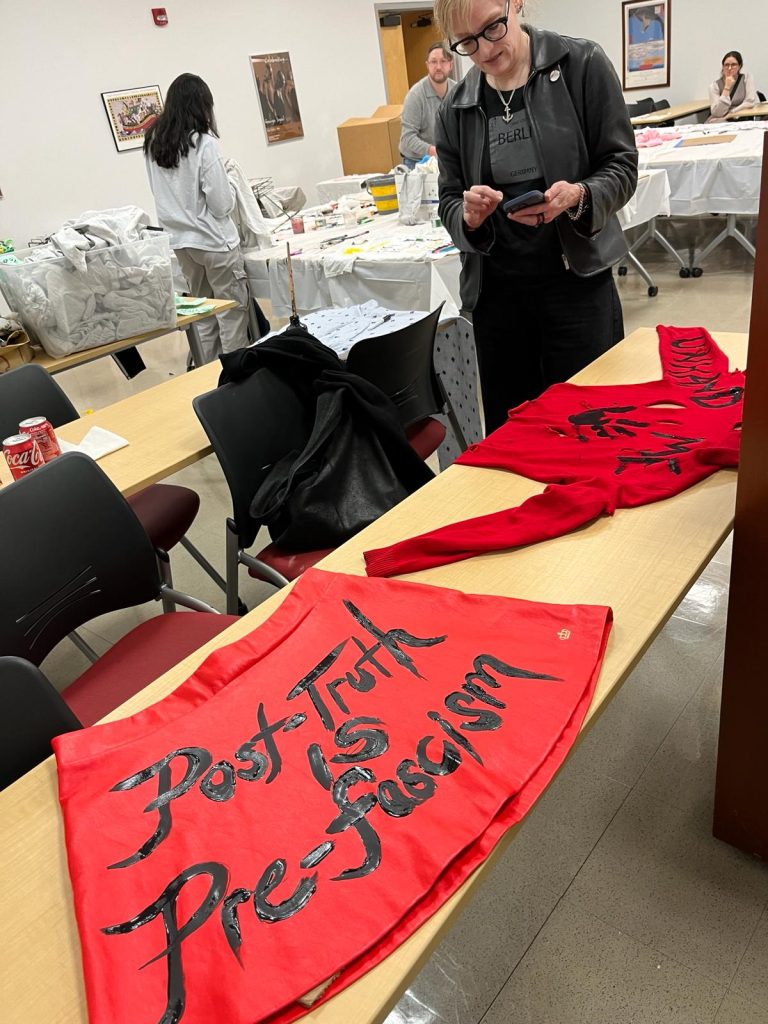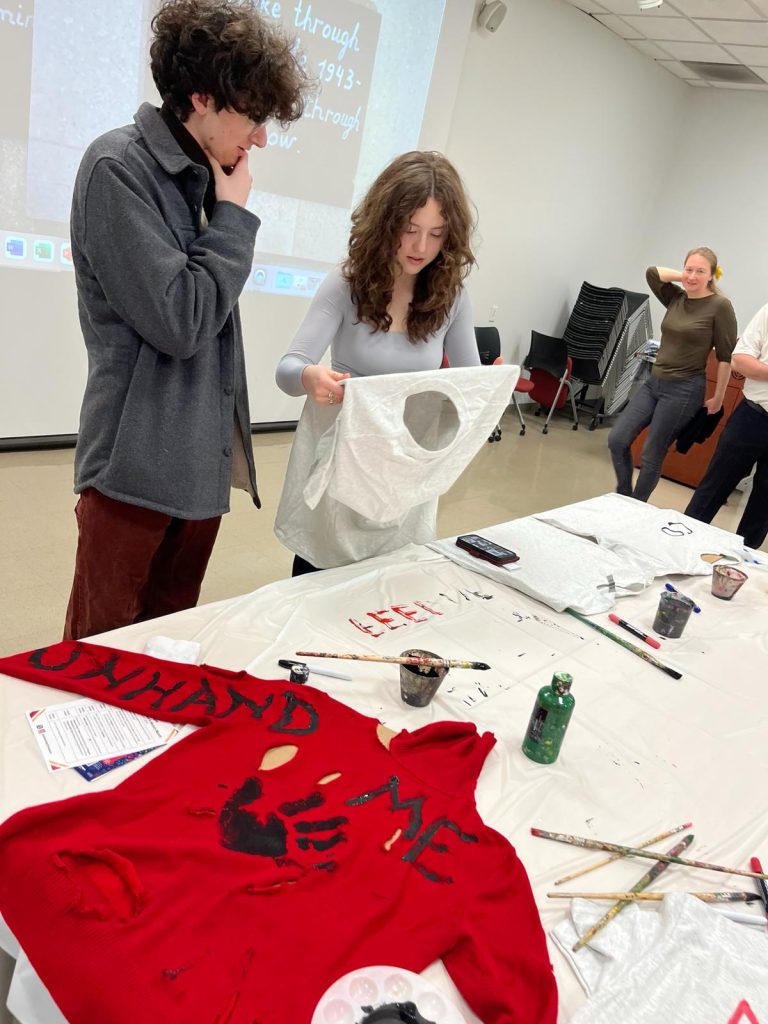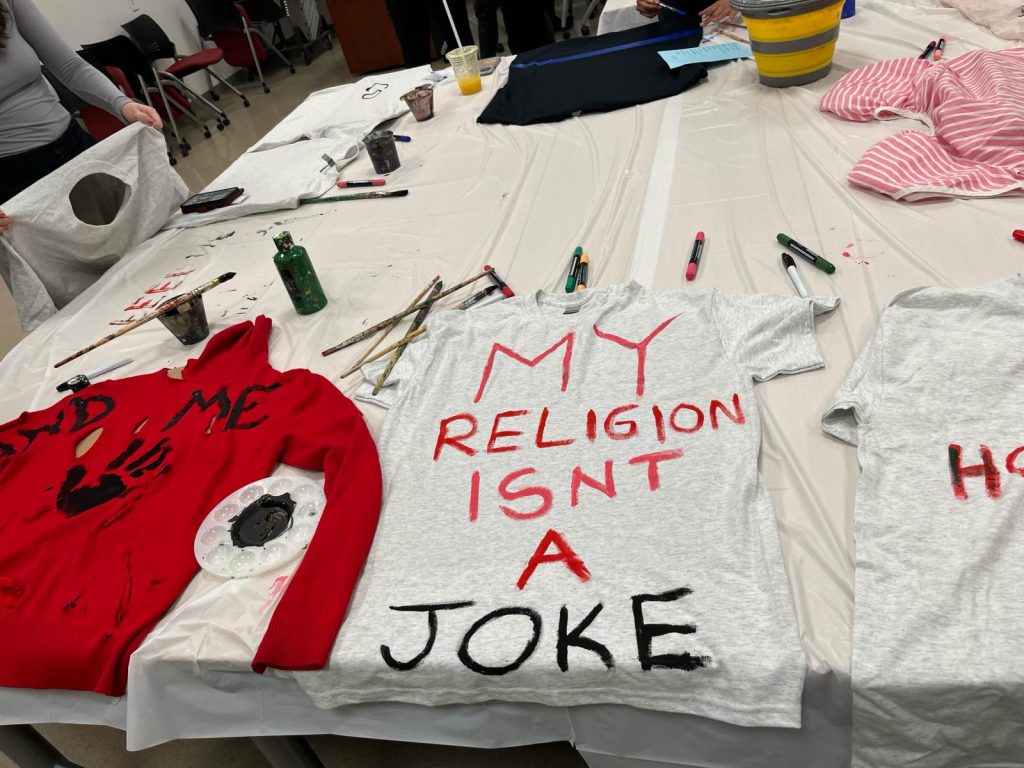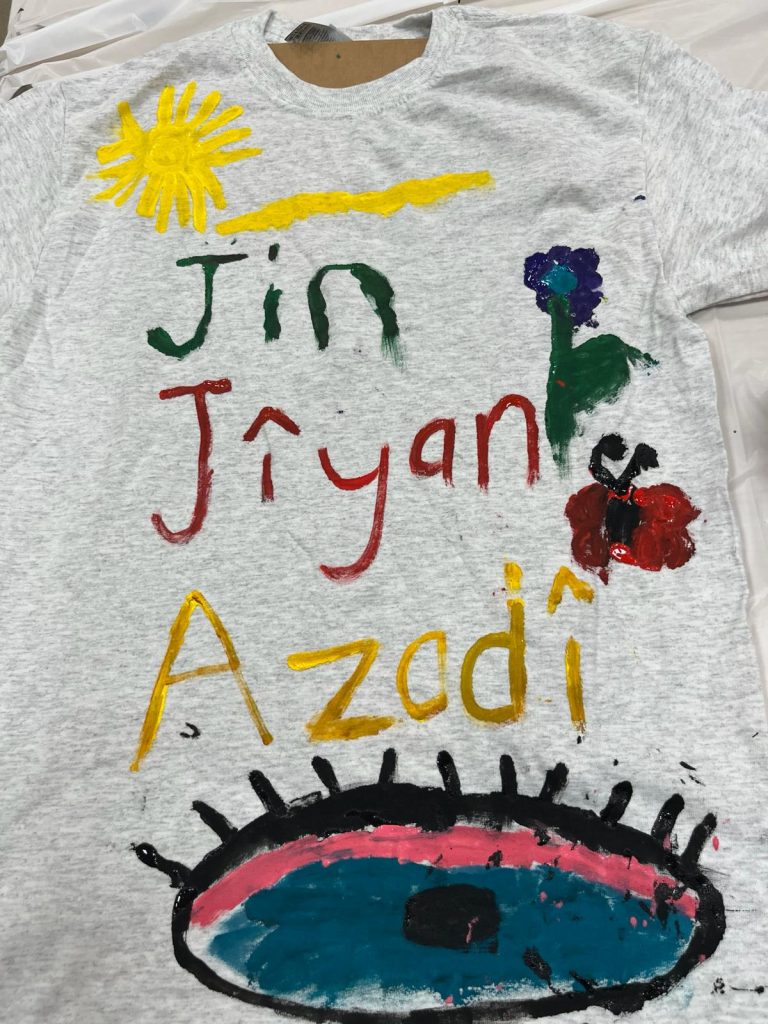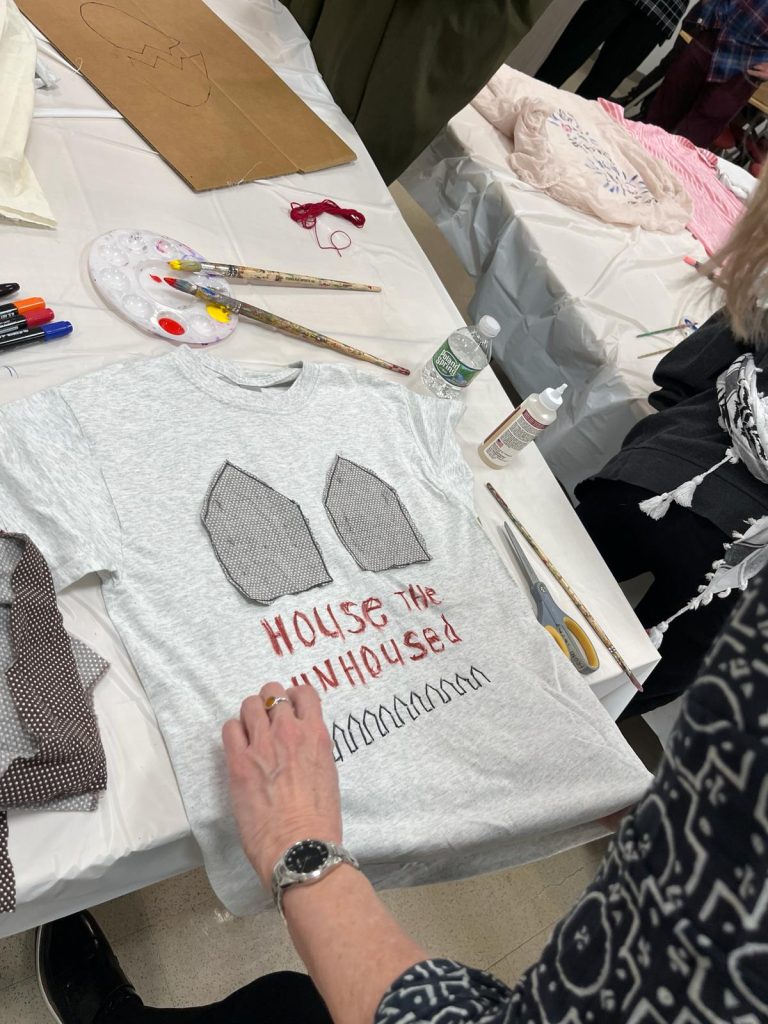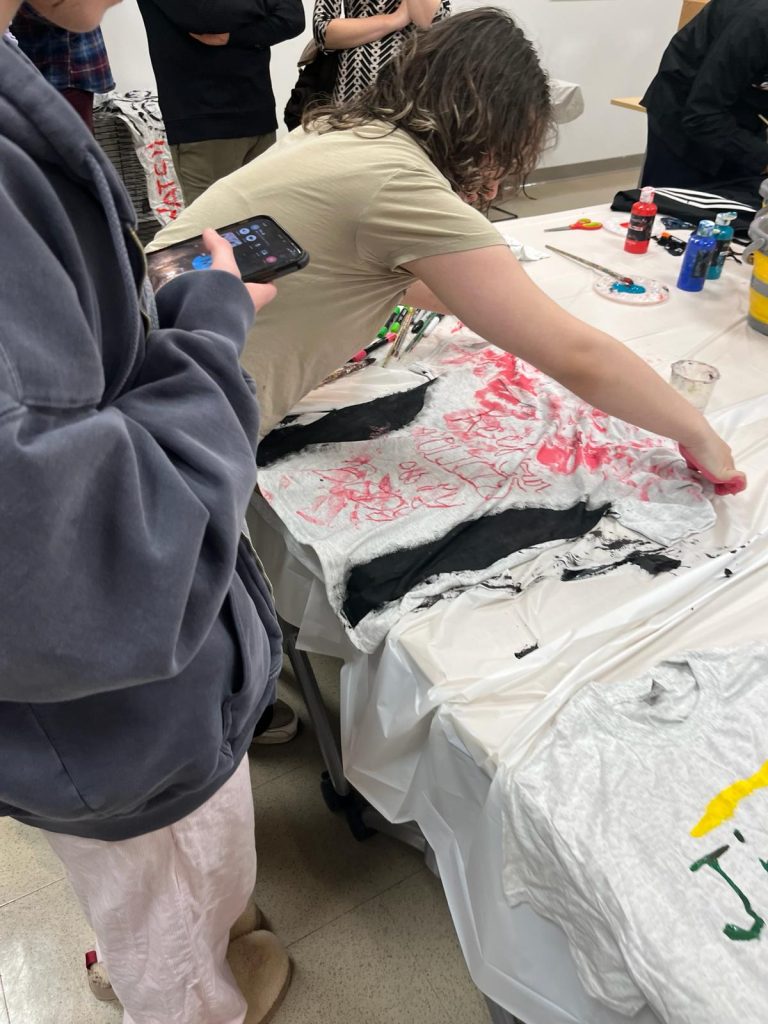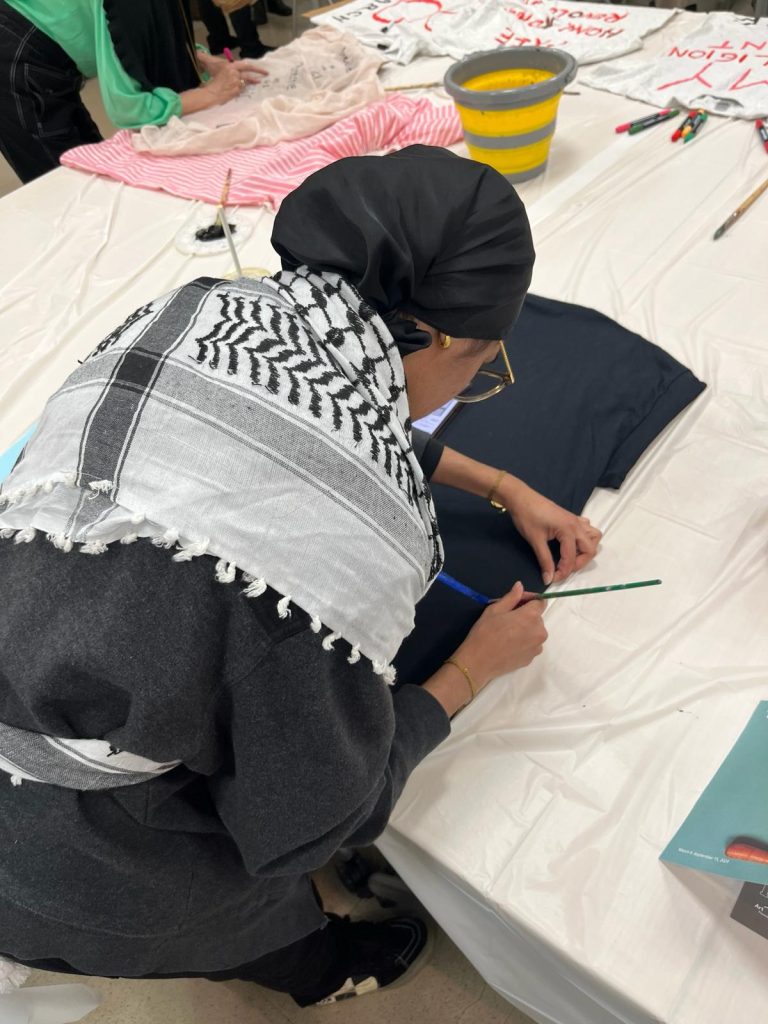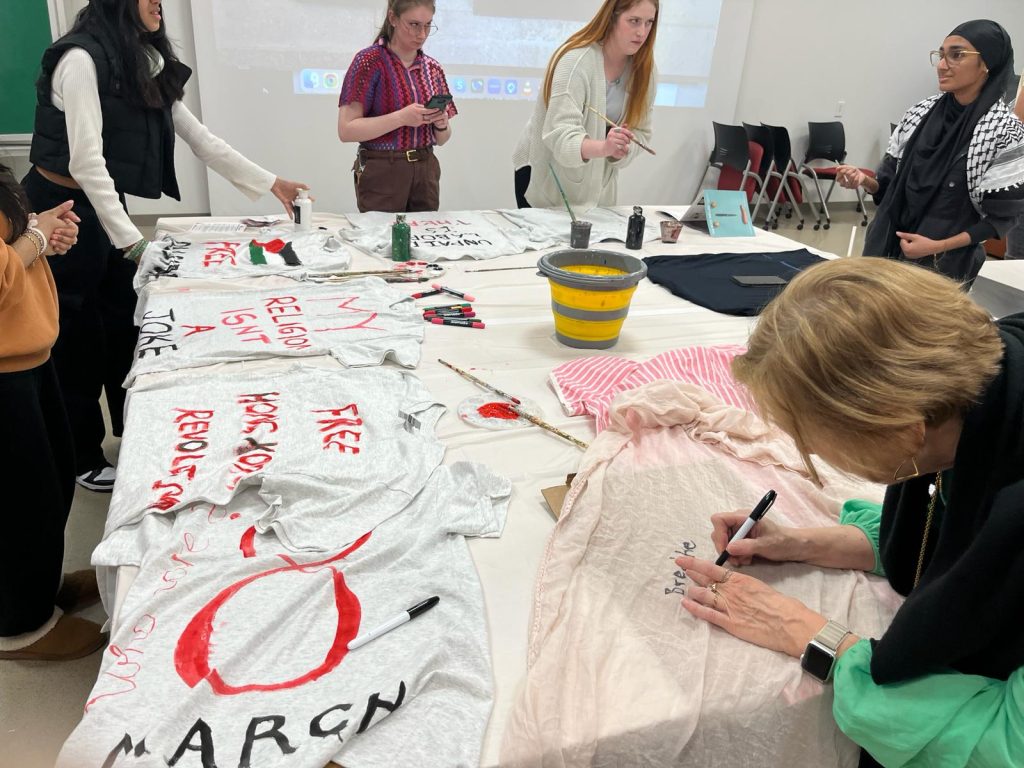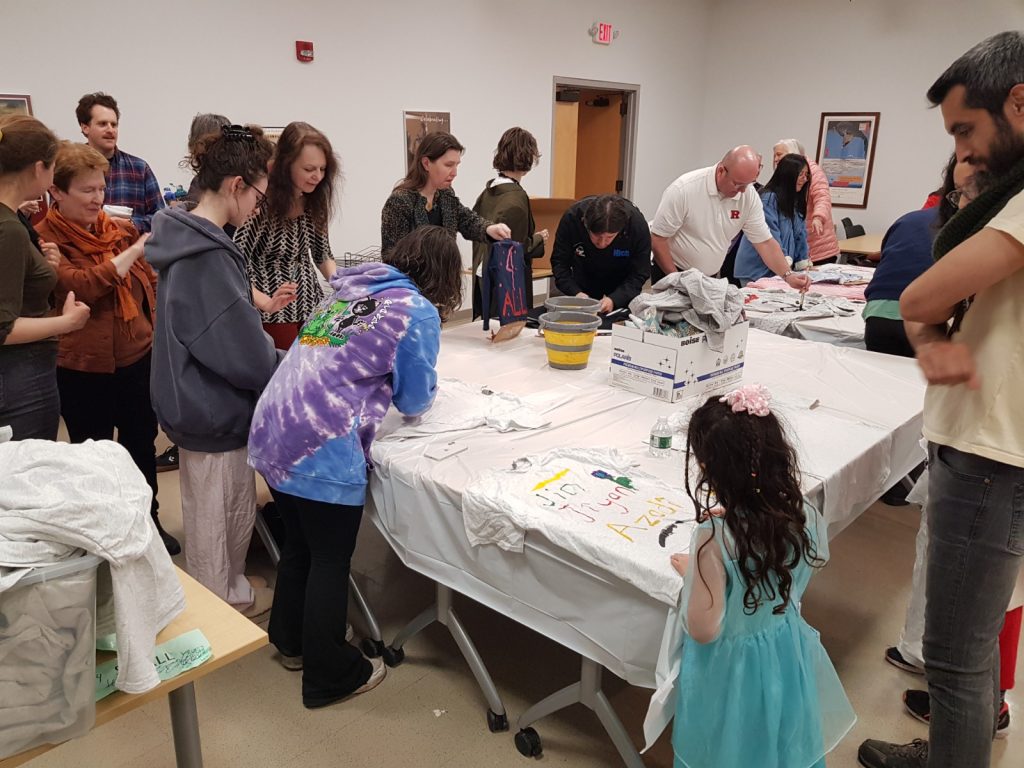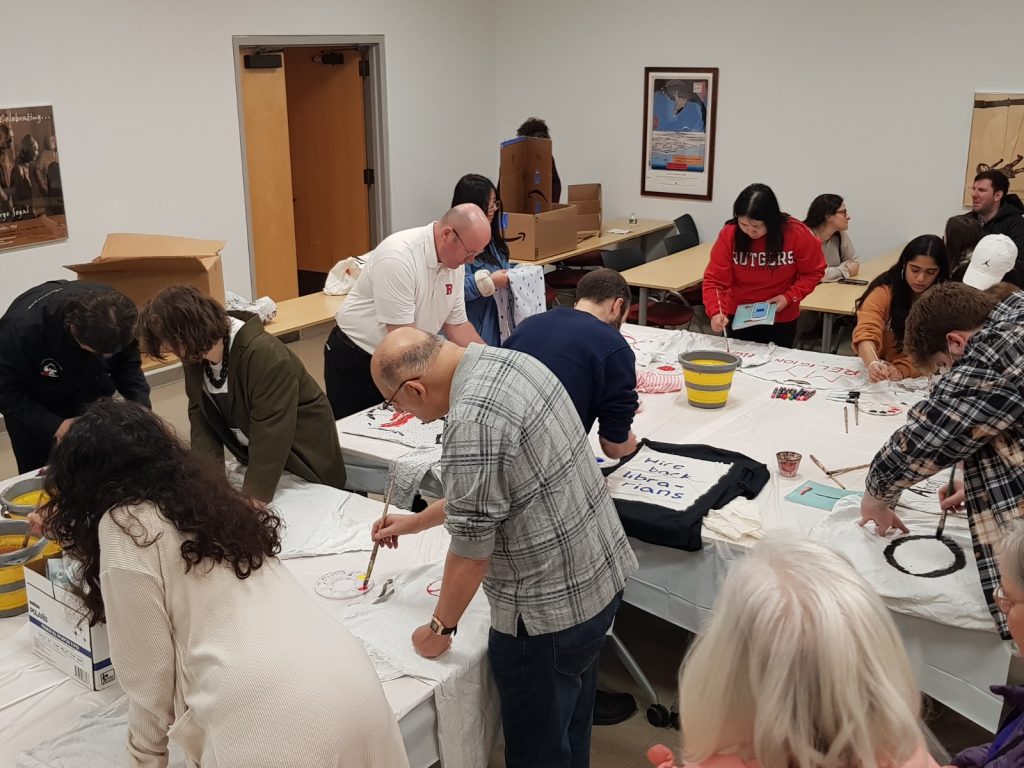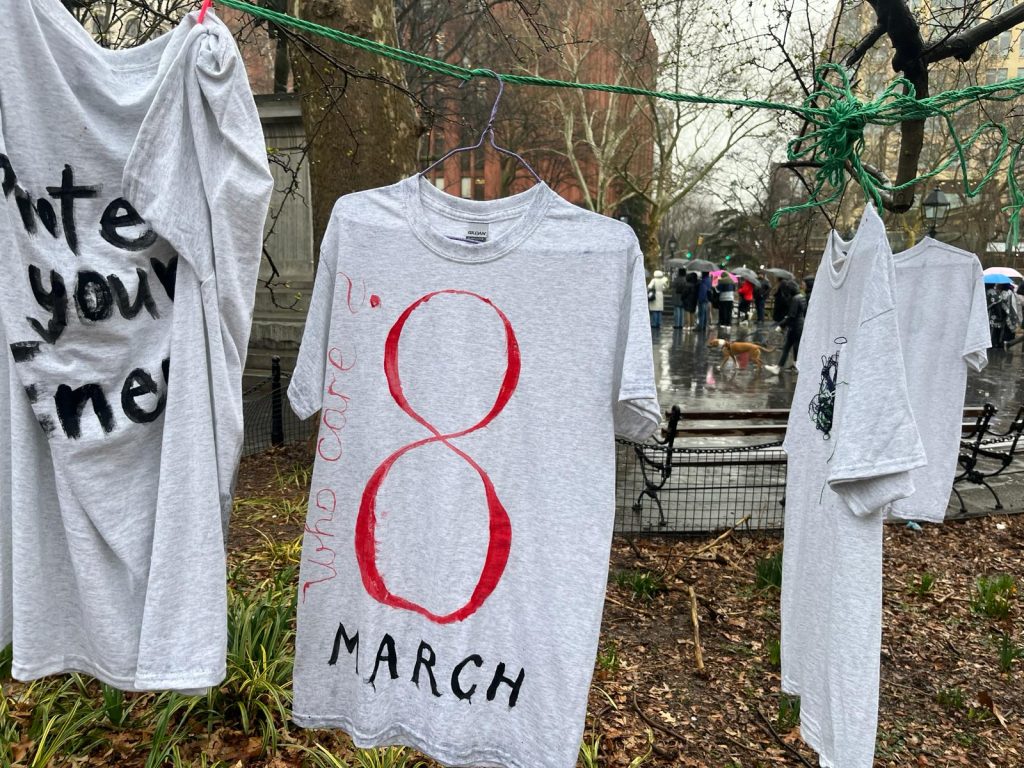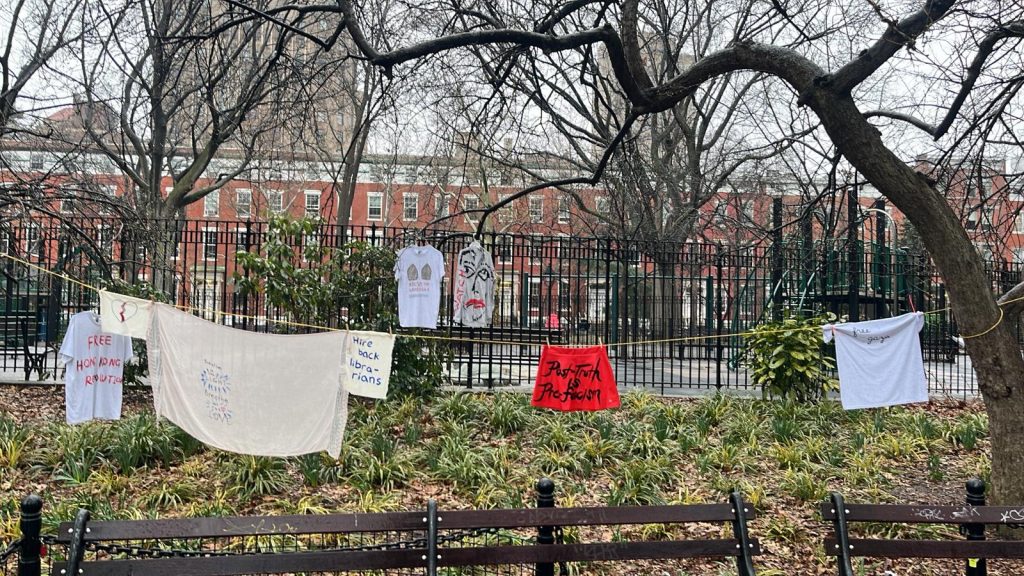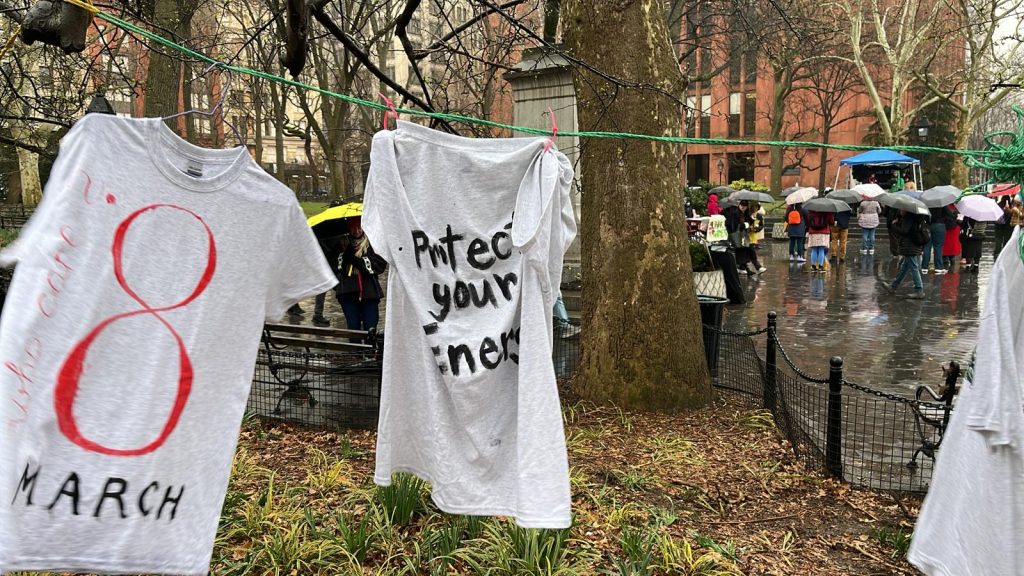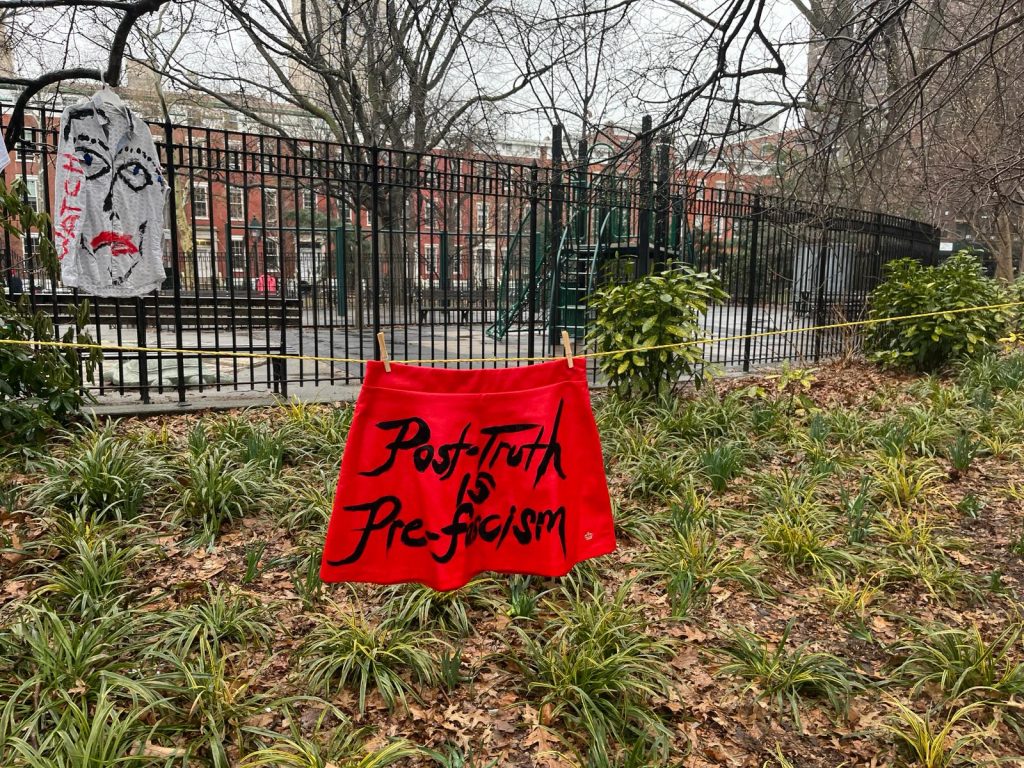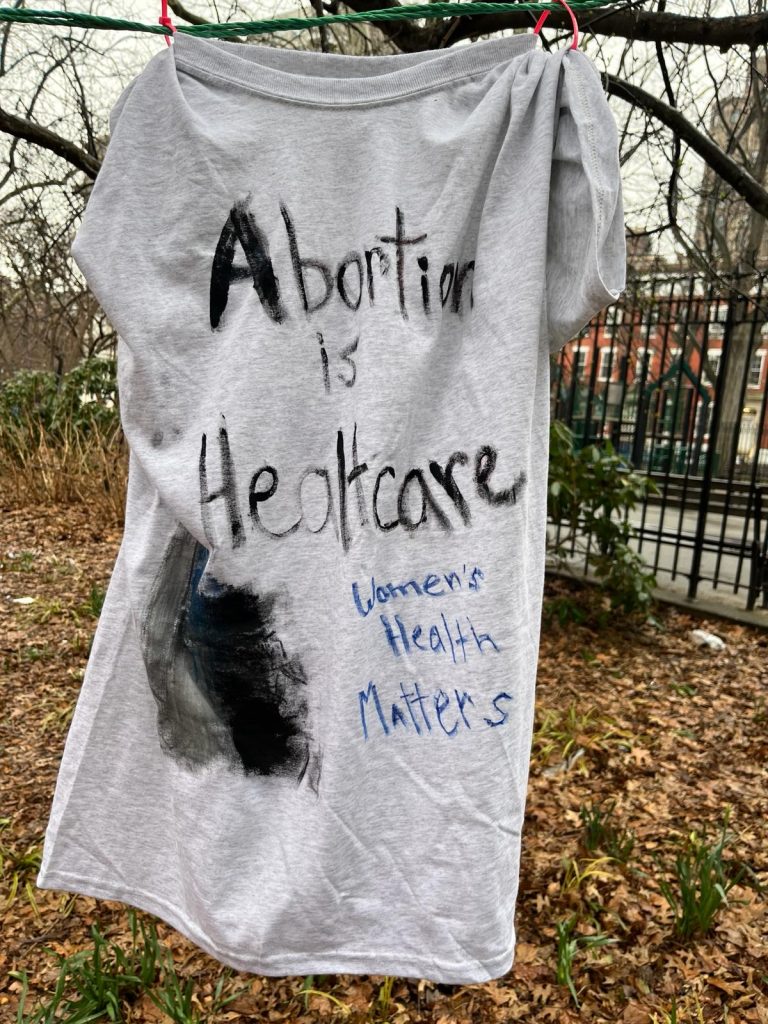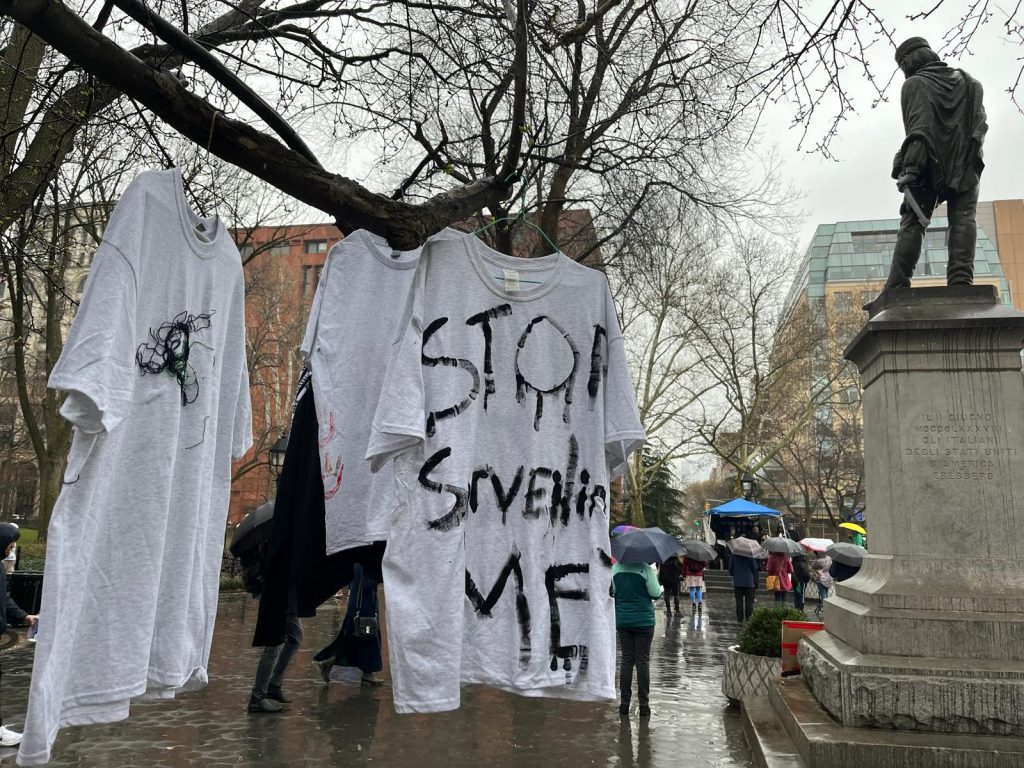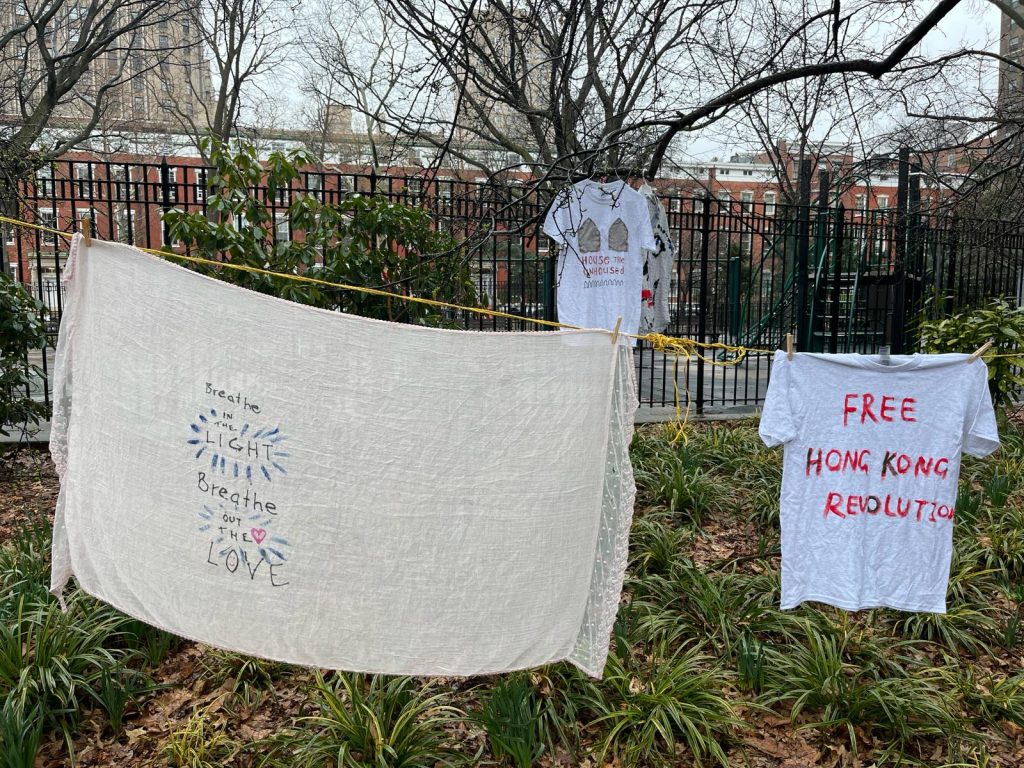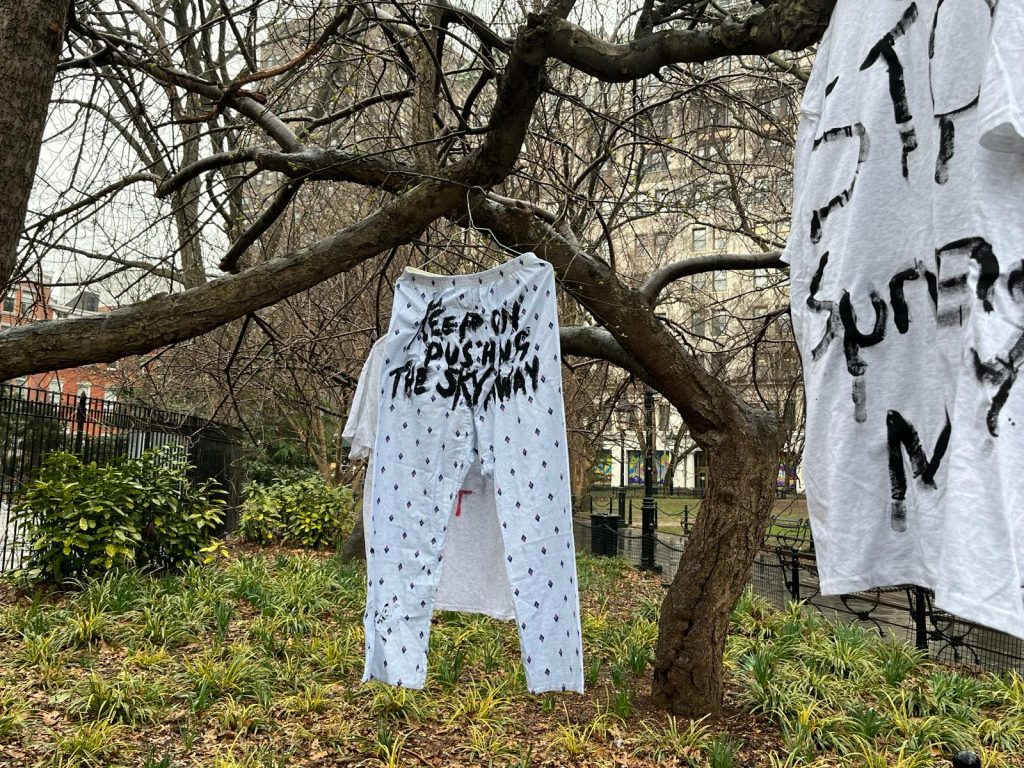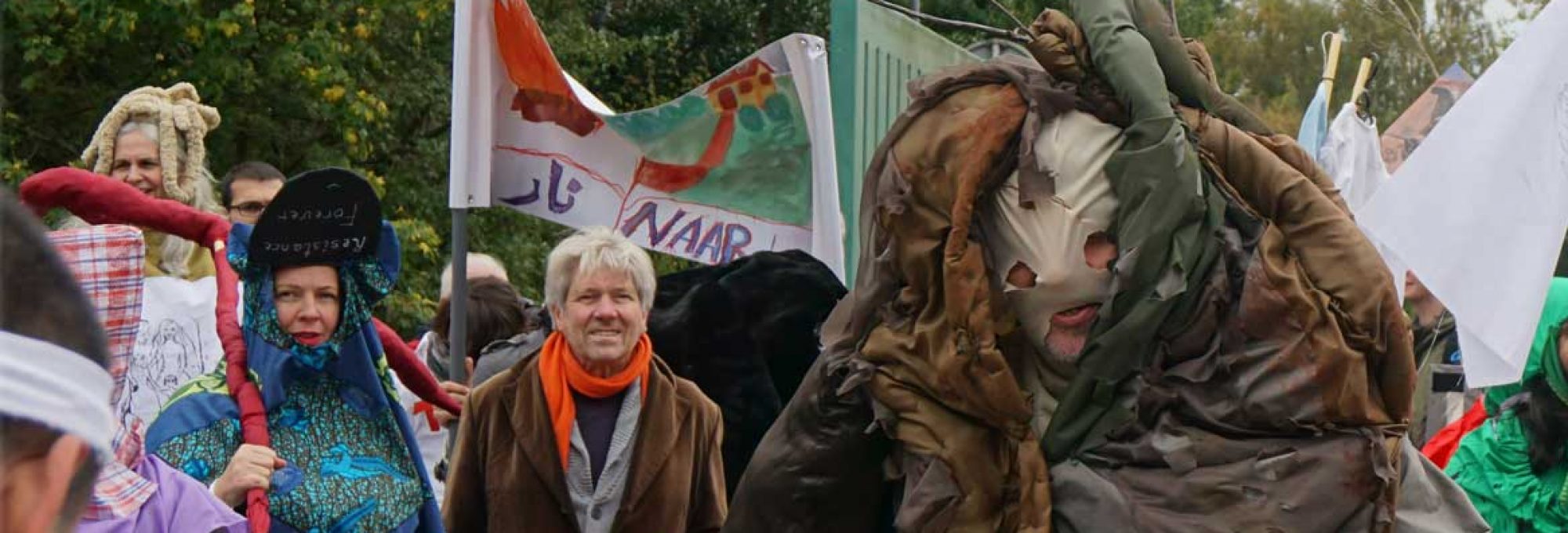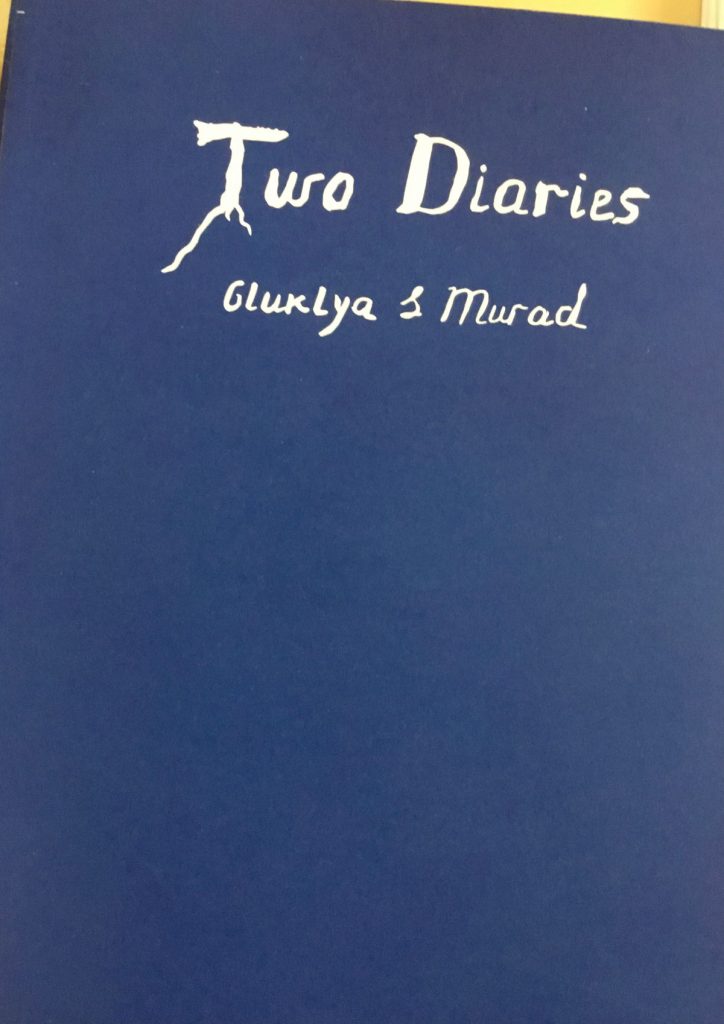Drawing in Social Space Project 2
I was invited to be the Project Artist for ‘Drawing in Social Space Project 2’, a knowledge exchange project with Camberwell College of Arts Fine Art and Drawing Room in London exploring drawing beyond the gallery walls.
Always feel more friend than a teacher and this workshop fully served this intention, which was exciting!
The outcome of the process was a performative drawing session in St. Michaels Church with the art students and local mothers from PACT, which is a sort of a caring club for local migrant community who are gathering regularly at the church to support their wellbeing. It was the most organic place for the workshop which was planned with and supported by curators Renee Odjidja (Camberwell) and Misty Ingham (Drawing Room).
I proposed to extend the idea of drawing to the scale of the body and came up with the preposition for the original design of the “VESTS WITH ATTACHED PENCILS ” allowing to draw and dance at the same time. The workshop starts with short breathing and movement exercises, which Renee kindly shared with the group, and then we talk using the spiral conversation technique (round talk with the care control over the time) about well-being, and what it means for each of the participants.
I proposed to think about Wellbeing as something which embraced also the dark side of each of us and asked Misty to read part of my proposal for this encounter which was on the abstract notion of wellbeing, spontaneousness and movement.
“We are all migrants and defending the idea of the rights of migration, we are interested in moving matters. A combination of moving and drawing might bring us to the de conventionalisation of the idea of drawing as just seating in one place and focusing on the particular subject in the classical way.
When we are lost the time is our friend.”
After that, with the help of Irish music, everybody starts to draw on the carefully prepared paper over the windows. Wonderfully, Misty took the initiative to announce the start of this process.
Migrant mothers came with kids and there was a special place for them that was organized so that they can draw as well.
After the drawing session was accomplished and the mothers left us, we talked with students and staff from PACT about the process.
Club of Unpredictable Drawing
Performative encounter with PACT + Students
Spontaneous drawing session is dedicated to Well Being.
Wellbeing is an abstract notion and because of the nature of its abstract universality it is open for our interpretations. I propose to think about the wellbeing through the lenses of imagination and unpredictability. Unpredictability can be resolved through the spontaneousness, which in turn can be understood as a result of the freedom to do the action which is coinciding with our entire feeling of truth, which in other turn can be understood as a creation of the entire free space which might lead to the act of the creativity.
The other notion I propose to explore during our encounter is the movement. We are all migrants and defending the idea of the rights of migration we are interested in moving matters. A combination of moving and drawing might bring us to the de-conventionalization of the idea of a drawing as just sitting in one place and focusing on the particularity.
When we are lost the time is our friend.
Practical realization :
The group of 4 students, 2 observers ( Misty and Renee ), several parents ( some of them might be with kids ) and artist Gluklya are gathering in the circle . Gluklya invite everybody to share a thought about well-being. What it might mean for each of us. Gluklya also explain the rule of this session: everybody has to speak not more than 3 min. We will do one or two rounds of speaking like this. One of the Observers is controlling the time and after every 3 min is saying: Clock!
After that, when all the ideas about the well-being is collected, the wests with the drawing tools will be introduced to people and everybody is welcomed to dress them on.
Gluklya will explain the rules: Everybody are invited to move freely in the room, trying to mark the surface of paper by the attached drawing tool.
We might do two sessions: one with closed eyes and other with open eyes
Students are invited to listen carefully one by one each of the parents and write down or record the impressions of different outcome: with open eyes and close eyes.
After the session Gluklya and students and all participants are connecting stains made by unpredictable drawing session together by the red color.
Session finished.
The graphic outcomes might be used by Pact in their future campaigns.
